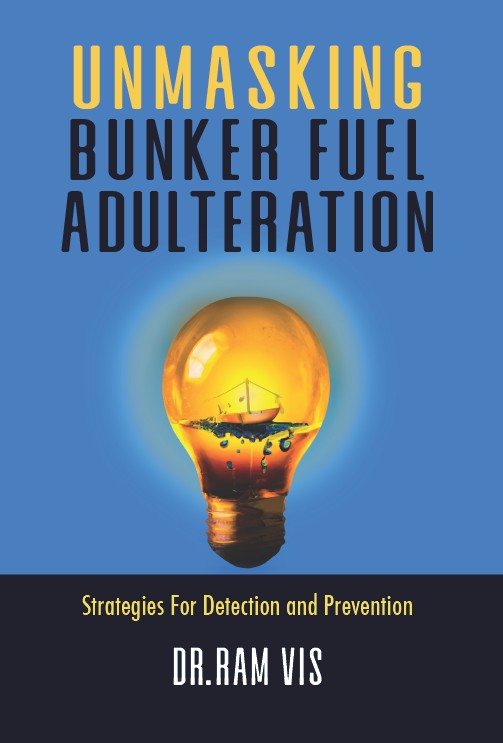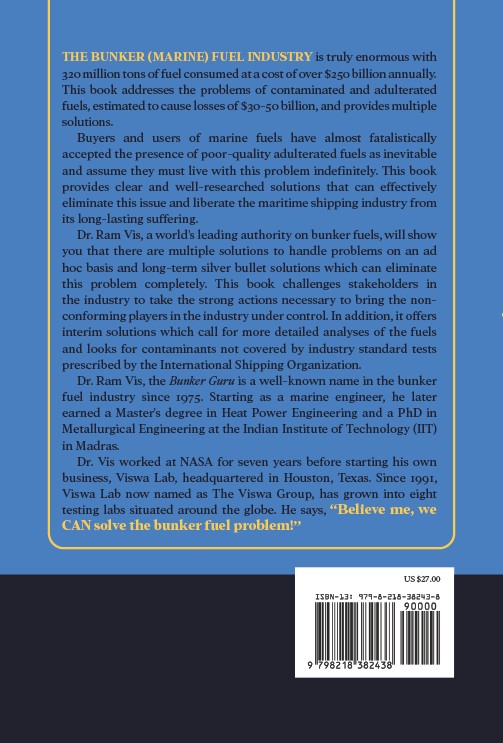
- GECF’s latest Global Gas Outlook highlights key trends in LNG and hydrogen adoption.
- LNG-fueled vessels are expected to grow 15% annually until 2030, slowing to 10% by 2040 and 5% by 2050 as alternative fuels emerge.
- By 2050, LNG ships will make up 45-50% of the global fleet.
- Iran leads natural gas demand growth, with rising usage in road transport and rural areas.
The GECF’s latest Global Gas Outlook emphasizes the accelerating adoption of LNG in shipping, driven by IMO decarbonization targets, expanding bunkering infrastructure, and cost advantages over conventional marine fuels. LNG-fueled vessels are expected to grow at an annual rate of 15% until 2030, moderating to 10% between 2030 and 2040 as retrofitting increases and alternative fuels like hydrogen and ammonia scale up. Growth is projected to slow further to 5% by 2050, but LNG will remain dominant for long-haul shipping and energy-intensive maritime sectors. By mid-century, LNG-fueled vessels are estimated to comprise 45-50% of the global commercial fleet, according to Safety4sea.
Rising Natural Gas Demand in Domestic and Transport Sectors
The report highlights Iran’s expanding natural gas consumption, driven by population growth and policies to extend access to rural areas. This trend reinforces Iran’s position as a key regional contributor to natural gas demand.
In transportation, natural gas adoption is expected to rise, particularly in road transport. Iran is leading this shift, supported by low CNG prices and government policies promoting natural gas as a fuel alternative. Saudi Arabia is also projected to see moderate growth in natural gas usage for heavy goods vehicles as part of its efforts to cut oil consumption.
Furthermore, LNG is gaining traction as a bunker fuel along Europe-Asia shipping routes, aligning with global efforts to transition toward cleaner marine fuels.
Hydrogen’s Emerging Role in Transportation
Hydrogen adoption in transportation is anticipated to grow selectively, primarily through derivatives such as ammonia, methanol, and e-fuels. By 2050, hydrogen demand in transport is projected to reach 26 MtH₂, representing 10% of global hydrogen consumption.
Despite its potential, large-scale hydrogen deployment in maritime shipping faces technical and economic hurdles, including ammonia’s toxicity, hydrogen’s flammability, and the complexity of storage infrastructure. However, in road transport, hydrogen is expected to play a crucial role in heavy-duty applications such as long-haul trucking, where its high energy density and fast refueling offer advantages over battery-electric solutions.
While hydrogen remains a promising alternative fuel, uncertainties in technology development and regulatory frameworks have led to a downward revision of previous demand projections.
The GECF report underscores LNG’s continued expansion in maritime and transport applications, while hydrogen remains a long-term but challenging alternative in the evolving energy transition.
Did you subscribe to our daily Newsletter?
It’s Free Click here to Subscribe!
Source: Safety4sea






















